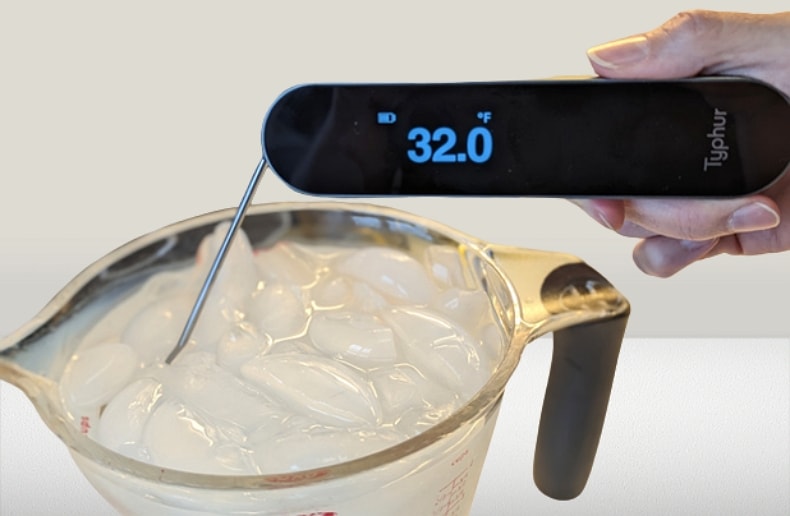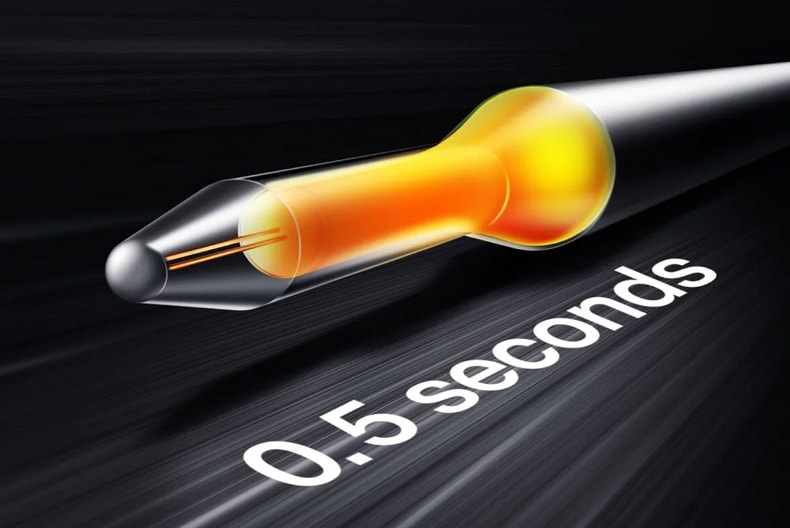The reproducibility of a thermometer refers to its ability to consistently produce the same temperature readings under the same conditions. In simple terms, it measures the accuracy and consistency of a thermometer when used repeatedly.
Adopting universal temperature scales enables the establishment of scientific standards and allows for direct comparison of relative temperature data across different locations and instruments. People widely accept and use universal temperature scales as standards for measuring temperature, ensuring consistency in temperature representation and comparison globally. The Celsius and Fahrenheit scales are two common universal temperature scales:
- Celsius scale: This scale uses the freezing and boiling points of water as reference points, dividing temperature into equal degrees. On the Celsius scale, the freezing point of water is set at 0°C, and the boiling point at 100°C.
- Fahrenheit scale: This scale takes the freezing point of water and the average human body temperature as its reference points. On the Fahrenheit scale, the freezing point of water is set at 32°F, and the average human body temperature at 98.6°F.
Reproducibility is an important metric for assessing the performance of thermometers, especially in applications requiring long-term monitoring or repeated experiments. A thermometer with high reproducibility provides reliable and consistent measurement results, increasing the credibility and comparability of data. For instance, when measuring the temperature of ice water, the thermometer should consistently read 32°F (or 0°C) and not show different temperatures with repeated measurements.

There are many factors that can affect a thermometer’s reproducibility, including instrument damage or aging, changes in environmental conditions, and operator errors. Therefore, paying attention to equipment maintenance, environmental control, and standardized operation can reduce measurement errors and improve reproducibility.






